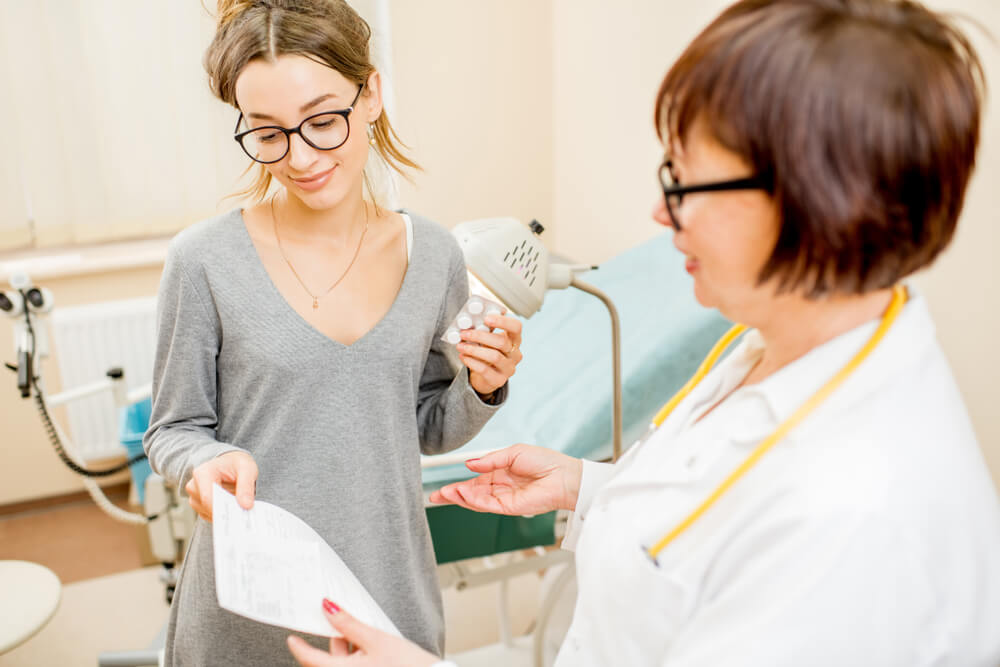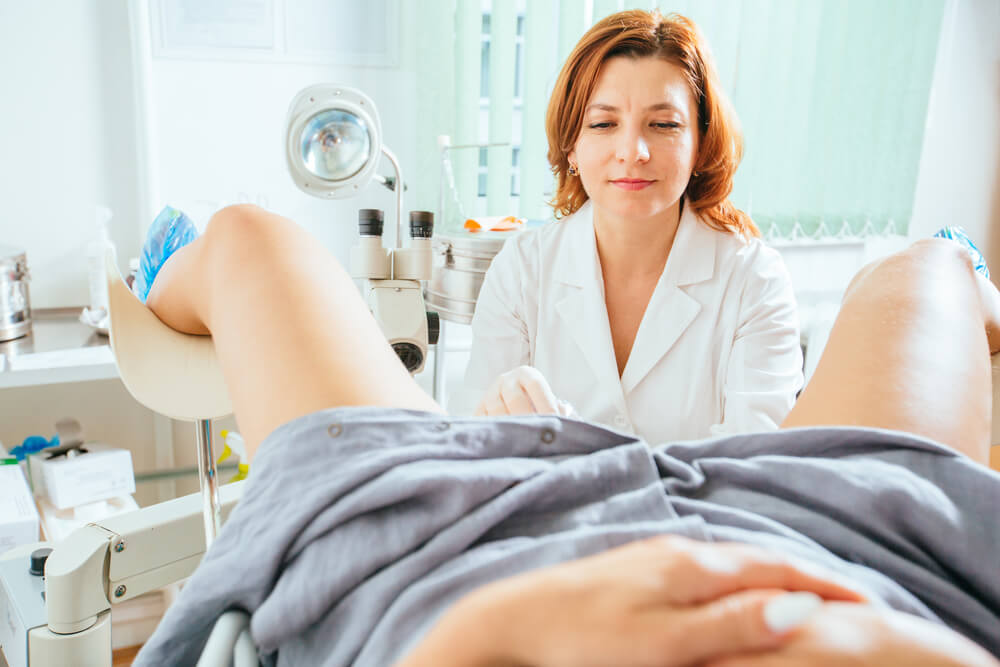What is a labia? Well, labia refers to the “lips” that are positioned on the outside of the genitals and hold an important role in the vagina, clitoris, and urethra protection. These “lips” become enlarged during sexual intercourse. Now that we understand what a labia is, we can discuss labial hypertrophy.
Just like people’s facial features differ, so does the appearance of the female external genitalia, also called the vulva. Essentially, the vulva has two sets of lips, or skin folds, namely, larger outer folds called labia majora, and smaller inner folds called labia minora. The majority of women don’t have symmetrical labia. One side of it could be larger, longer, or thicker than the other, with a whole range of different shapes and sizes.
When we talk about labia majora hypertrophy, we’re referring to enlarged labial folds of the labia majora. On the other hand, labia minora hypertrophy indicates a labia minora that appears larger than the actual labia majora. Neither case has to point to a medical problem, and in most cases, women don’t have any issues regardless of whether they have a small or big labia.
Common Labial Hypertrophy Symptoms

A great number of women may not even notice anything if they only have mild labial hypertrophy. Still, when we talk about what a labia is, we have to mention that the labia minora tends to be more sensitive compared to the labia majora. Therefore, dealing with enlarged labial folds of labia minora can come with certain challenges and difficulties. For instance, labial hypertrophy that causes big labia minora can cause some appearance issues, such as creating a visible bulge when wearing thin and tight clothing, like a swimsuit.
There are more symptoms when it comes to enlarged labial folds in this case, including hygiene problems, irritations, and pain and discomfort. Hygiene-wise, big labia may be more difficult to clean properly, especially when menstruating, which could cause chronic infections. There’s also the issue of irritation, which can occur due to the longer labia rubbing against underwear. Also, when the labia is enlarged, certain physical activities such as cycling or horse riding can cause pain and pressure on the genitals. And it’s also possible to experience painful sensations during intercourse.
Potential Causes of Labial Hypertrophy
It’s rather common that one breast is larger than the other, and similarly, labial folds don’t have to be a perfect match. Therefore, we can’t talk about something like a correct or ideal labial shape and size. However, the precise reasons why it could happen for the labia to be enlarged can be unclear. Some potential causes could include:
- Genetics, where one has a certain labial shape and size from birth
- Increased estrogen (and female hormones in general) production in adolescence
- A drop in estrogen production due to aging and menopause
- Stronger genital pressure due to increased blood flow during pregnancy
It’s also possible to experience labial hypertrophy as a consequence of genital injury or infection.
There is no specific test or measurement that’s used for diagnosing labial hypertrophy in particular. If it happens that your labia minora is longer and/or larger than the labia majora, and/or you experience a certain level of discomfort because of it, your doctor may diagnose you with labial hypertrophy after a physical exam.
Treatment for Labial Hypertrophy
Generally speaking, labial hypertrophy doesn’t pose any danger to one’s overall health. In that sense, if this condition doesn’t seem to cause any other issues or discomfort, there’s no need to seek treatment. On the other hand, in the case when labial hypertrophy lowers your quality of life and affects the performance of daily physical activities or sexual intercourse, you should definitely go see your OB/GYN and ask for their opinion.
In case of severe labial hypertrophy, your doctor may suggest labiaplasty, a surgical procedure where excess tissue gets removed. The surgeon can also change the shape and size of the labia. Most often, this type of surgery is performed under general anesthesia, but sometimes it’s possible to go through with it with local anesthetic and sedation. Teenagers can also get labiaplasty, even though the common practice is to wait until puberty is over. The initial scarring should pass, but on rare occasions, scarring can turn permanent.
The surgical procedure itself is not complex, but every surgery always has some risks, and so does labiaplasty. These include infection, scarring, painful intercourse, bleeding, chronic vulvar pain, and a bad reaction to the anesthetic.
Swelling and bruising are normal post-surgery, which can last for a couple of weeks. It’s very important to keep this region dry and clean during this period. Any physical activity that may cause genital area friction should be avoided together with tight clothing. After all, your doctor will monitor your recovery and tell you when it’s ok to get back to your normal schedule and enjoy sexual intercourse again. In general, it takes one to two months to get fully healed if you follow your doctor’s instructions.
It’s also possible to opt for labiaplasty solely for aesthetics. If that’s the case, though, you should carefully discuss the expectations and options with your doctor. Keep in mind that some women may have smooth labia, while others may have folds and wrinkles – this is all normal.
How to Manage Your Condition Without Surgery

As mentioned, choosing surgery is not always a must-take step in order to manage labial hypertrophy well. Actually, in most cases, the condition can be managed by following certain practices, such as:
- Using only a mild soap that’s color and scent-free for showering, followed by a rather thorough rinse.
- Not wearing bottoms or underwear that are too tight or rub on the genitals; instead, go for breathable materials and looser fit.
- Using tampons/sanitary pads that are additive-, scent-, and chemicals-free
- Positioning the labia in a comfortable manner before working out; this could also help with the bulging when wearing tight clothes is unavoidable, as in the case of a swimsuit
If irritation is the main issue, make sure to check with your doctor about the best prescription or over-the-counter ointments that could soothe the area.
Labial hypertrophy is nothing unusual or uncommon, as all women have different labial shapes and sizes. What’s more, there are no serious consequences to labial hypertrophy. However, if the situation is such that it causes physical discomfort or issues with mental health, going through surgery (labiaplasty) to change the shape and size of your labia might be the right thing. There are, however, tips and practices doctors suggest that can help with the challenges and discomfort of the condition. Don’t hesitate to go to a professional gynecology clinic if you have any concerns about your genitals, even if it’s something completely aesthetic in nature. You can also always count on Dr. Tahnie Danastor MD and her expertise when you’re in need of advice or looking for a solution to a gynecological health problem.






